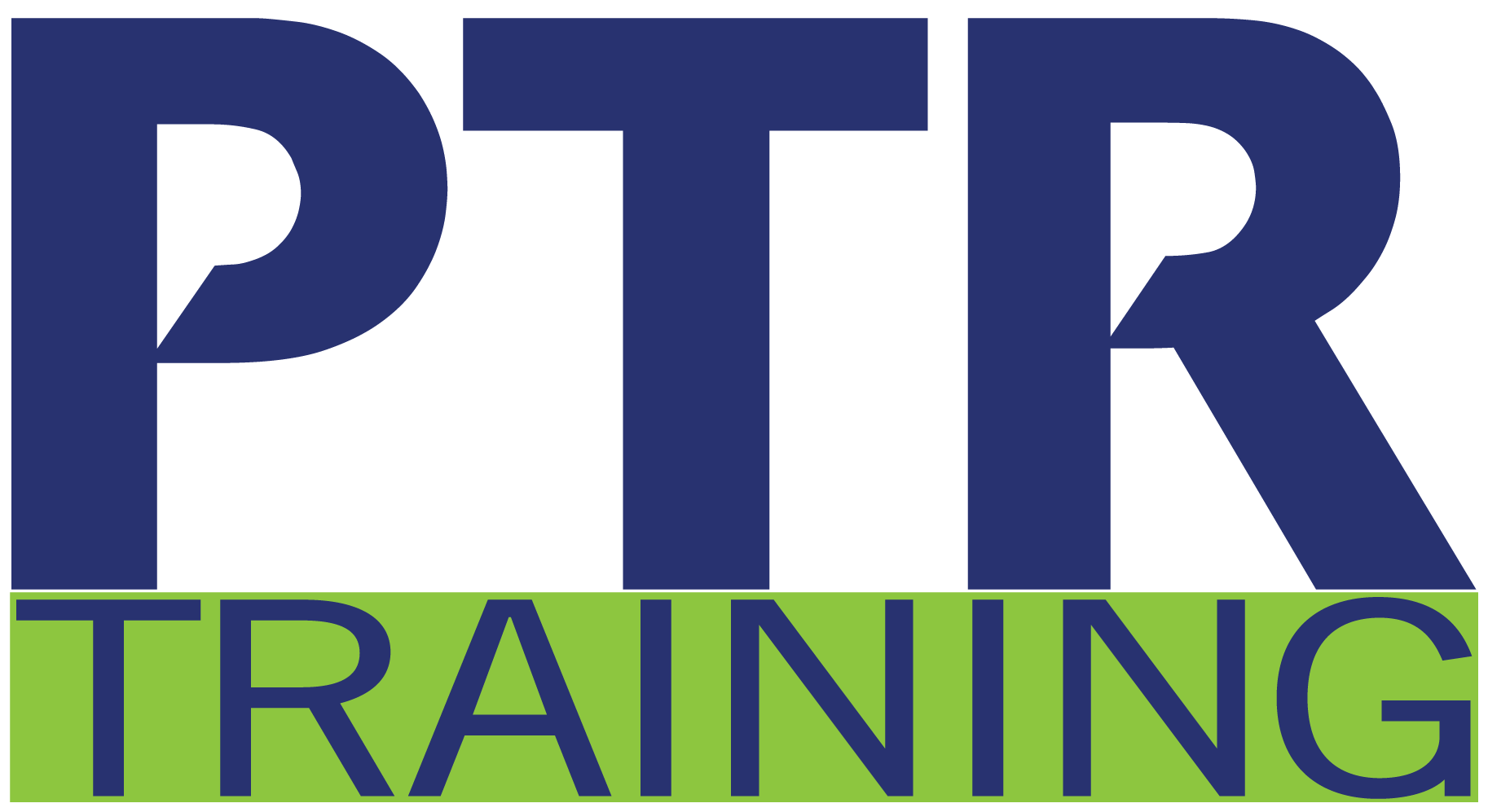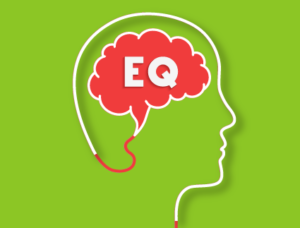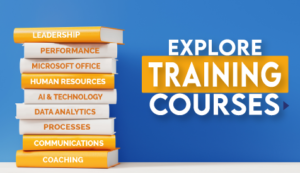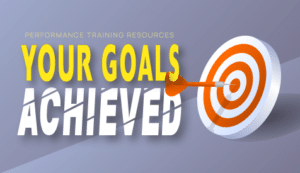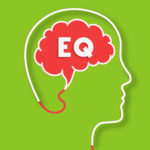Emotional Intelligence and Agility are essential for a leader’s success in their interactions with others and personal growth.
The funny thing about being a leader is that transitioning into the role can be a daunting experience. As a successful employee, you are promoted into a position that requires a different set of skills. Suddenly, your responsibilities shift from doing your job to leading others. The good news is that Emotional Intelligence (EQ) and Emotional Agility (EA) can help you navigate this transition with confidence and ease. With EQ and EA, you can develop the skills to lead with empathy, manage relationships effectively, and handle difficult situations gracefully and resiliently.
Emotional Intelligence is our ability to be aware and in control of our emotions, while EA involves our capacity to approach our inner experiences mindfully and productively. Thus, a person can be emotionally intelligent but lack emotional agility. More than ever, recent years have demonstrated the need for emotional agility in our personal and professional lives.
The environment in which we work today is changing at a pace never seen before regarding technology, global issues and the economy, business structures, and competition. Our work environments are also more diverse, which has created disruptions we could not have anticipated.
Emotional Intelligence
There is no disputing that some of the most significant issues in recent years had powerful emotional threads, like the pandemic uncertainties and the joys of creating a better work-life balance. Of course, these things help provide context. Still, when we look closely at the day-to-day elements of employment, it becomes dizzyingly clear why an ability to navigate emotions appropriately is a desired trait for leaders.
Personality traits demonstrated by those with a high EQ:
- Active listening
- Self-reflection
- Empathy
- Objectivity
- Assertiveness
These types of competencies are essential for leading successful teams and problem-solving. Daniel Goleman, author and psychologist, measures EQ regarding Self-Awareness, Self-Management, Social Awareness, and Relationship Management.
Emotional Agility
When we can move between confidence and vulnerability and between self-assurance and empathy, for example, or handle change that is thrust upon us, that is the sort of agility that is valuable in today’s ever-changing workplace. Author and Harvard psychologist Susan David breaks down the process of becoming emotionally agile into four segments in her book “Emotional Agility: Get Unstuck, Embrace Change, and Thrive in Work and Life.”
- Showing Up – Facing your emotions, thoughts, and behaviors with an open mind.
- Stepping Out – Setting aside your emotions and thoughts to determine how to react appropriately in any situation.
- Walking Your Why: Willpower, resilience, and an understanding of and focus on your goals or core values help you remain on track.
- Moving On – Find the balance between competence and challenge by making small but deliberate changes in your habits, mindset, and motivations.
To help improve the Emotional Intelligence and agility of people within your organization, encourage your employees (and yourself) to take reasonable risks, speak up, or head up new projects and challenges rather than look for the effortless way out.
Virtual and Onsite Training Courses We Offer:
